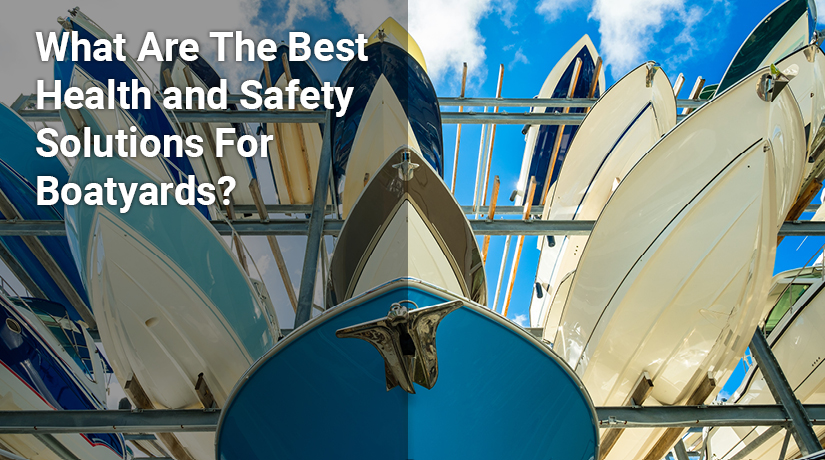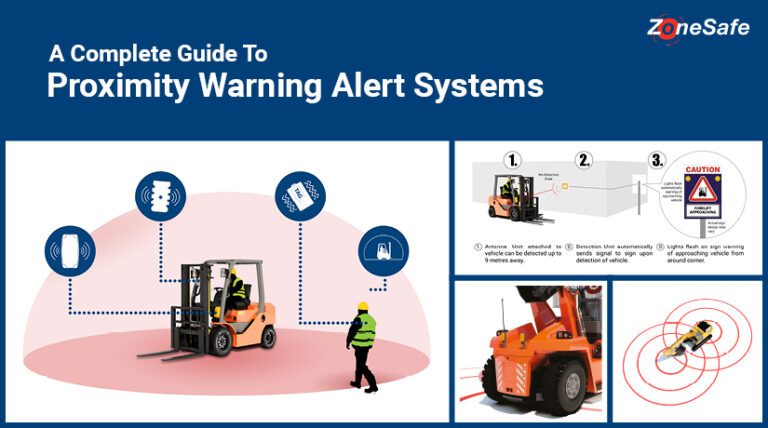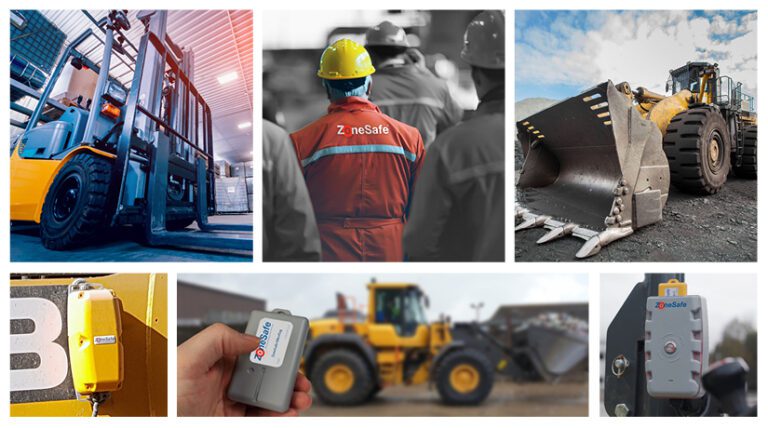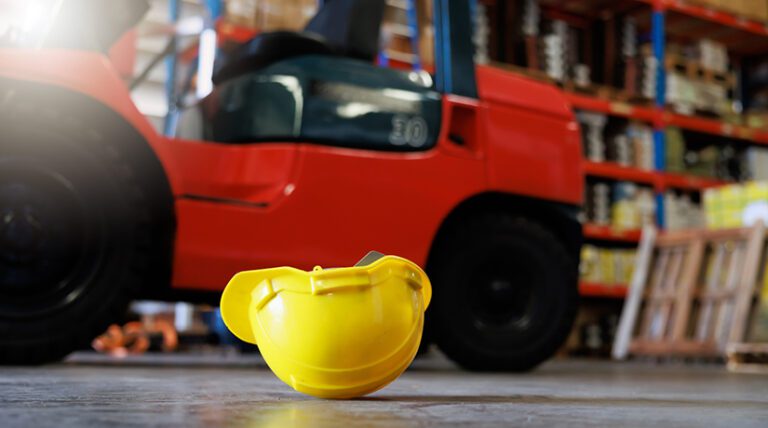Boating comes with lots of serious risks to safety – safety concerns and danger on the water are well known, but those that take place on dry land are often overlooked. Boatyards and marinas are bustling places, with a wide range of activities taking place in all weathers at all times of the day, creating numerous opportunities for accidents. Understanding the risks and putting effective solutions in place is paramount to creating a safe environment.
Boat Yard Safety – Understanding the Risks
As with any high-risk environment, it’s important to understand and fully assess the risks at boat yards. Water and changing weather, spills, slippery surfaces, the use of electrics and the movement of vehicles, all contribute to the creation of potentially dangerous conditions. The presence of pedestrians and in particular, members of the public who have little or no awareness of the risks around them adds another dimension that has to be taken into account.
-
Slips, trips and falls
Water or spills, uneven or slippery surfaces and general clutter can easily lead to slips, trips and falls. Slips trips and falls are all too common and are the leading cause of non-fatal accidents in UK workplaces, accounting for 32% of accidents in 2022/23 figures. A slip at a boatyard has the potential to have devastating results and falling into the water around boats can result in serious injury or even death.
It’s important walking routes are not cluttered and that equipment and machinery is safely stowed away from pedestrian routes. Maintaining clear pathways with regular cleaning and maintenance of walking surfaces is important in reducing trip hazards. Additionally, clear signage and designated walkways should be used to guide pedestrians away from hazardous areas, reducing the likelihood of accidents.
As work at the boatyard takes place throughout the day or night, visibility can also be an issue. Poor lighting and adverse weather conditions dramatically reduce the viewing range, creating an extra layer of risk, particularly around water. It’s important to make sure additional lighting is available, after dark and when environmental factors such as fog and adverse weather affect visuals.
-
Electrical Safety
Electrical hazards pose a significant threat both to workers and to members of the public in boatyard and marina settings. Anywhere where electrics can be splashed or fully submerged by water poses an obvious risk, and the constant presence of water and salt accelerates the corrosion rate of electrical units making regular maintenance and repair a must.
An incident in the US saw a 55-year-old marina worker sadly suffer a fatal electrocution while conducting routine maintenance on power cables at the marina.. It is also possible for stray electrical currents to be present in the water, meaning a fall from the water’s edge could result in devastating consequences.
Like other dangers at boatyards, the risk extends beyond workers to pedestrians and members of the public. Proper electrical safety protocols are essential at boat yards to minimise the risk of shocks and electrocution. Electrical systems must be inspected regularly and maintenance kept up to date, and robust measures must be in place to control access of pedestrians to electrical risk areas.
-
Vehicle and equipment movement
Every year, people are injured at work by moving vehicles and 2022/23 fatal injury statistics show that 20 people were killed by moving vehicles in UK workplaces during that period. Efficient traffic management and designated pedestrian zones create segregation making collisions less likely, so measures should be taken to separate people and vehicles where possible completely.
Vehicles and plant equipment regularly move around boatyards, while cranes, forklifts and other heavy equipment are often used in close proximity to pedestrians. Special consideration needs to be applied to members of the public. Workers are familiar with boatyard hazards and are aware of the dangers, but members of the public lack the training and situational awareness to fully appreciate the risks around them. Without this understanding, it is all too easy to inadvertently walk into a potentially dangerous situation. By controlling access, everyone is better protected. The HSE Guide Marinas and Boatyards suggests:
- Temporary barriers to closing off work areas
- Use of banks man to assist in the control of vehicle manoeuvring in restricted areas; also to keep watch for people wandering into the work area
- Advising marina users through the use of, for example, signs or other notices
These measures are commonly used but accidents still happen so it’s a good idea to look at other solutions.
How Can ZoneSafe Help?
We offer an innovative solution to protecting people when in close proximity to high-risk operations and vehicle movement. By incorporating ZoneSafe technology at boatyards and marinas, it is possible to mitigate the risks referenced above.
With open access to members of the public, extra care must be taken at boatyards in areas where electrics or heavy equipment are being used, vehicles are moving and where there are trip hazards. The key lies in robust communication systems. Temporary barriers, banks and signage all help to alert users to danger, but ZoneSafe technology provides an alternative solution that raises awareness in a more engaging and timely way.
ZoneSafe’s sensor-activated signage offers a highly flexible solution that can easily be applied to boatyards and marinas. ZoneSafe signage sits dormant until activated and automatically raises awareness when danger is nearby creating a highly visual alert that draws attention at exactly the right moment.
How does it work?
Sensors are fitted to vehicles and manual handling equipment. As the vehicle approaches, the sensors communicate and automatically illuminate strategically placed signs that flash to alert pedestrians and drivers to risk. The system helps to enhance safety measures by effectively raising situational awareness and preventing serious accidents from taking place.
ZoneSafe technology is very versatile and can be applied to most settings, allowing customisable configurations that are tailored to the specific needs of boat yards. In areas of high risk, traditional signs often fail to have a real impact or suffer from sign clutter and go unnoticed. ZoneSafe sensor-activated signage successfully counteracts this issue.
The activation distance is configurable based on specific site layouts and requirements. Signs use alternating amber lights to alert people nearby that a vehicle is approaching. This successfully raises awareness so that those at risk can remove themselves from the danger zone. Signs only illuminate when activated and are automatically deactivated once the danger is gone.
The full portfolio of products includes activated signage, active warning lights, traffic lights and projected warning symbols. Each system is available as an individual or combined solution.
To learn more about how ZoneSafe sensor-activated signage can support boatyard and marina safety, contact ZoneSafe.




